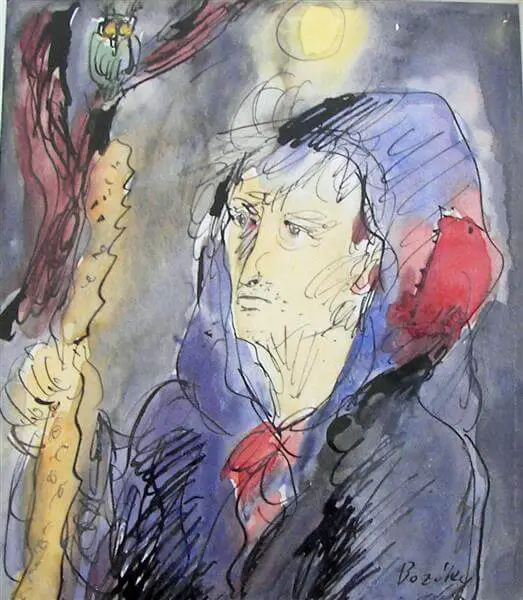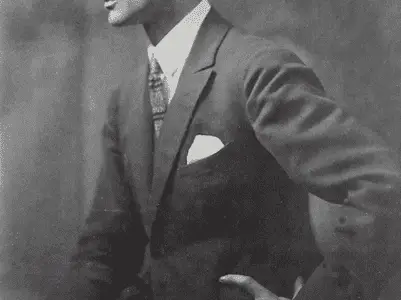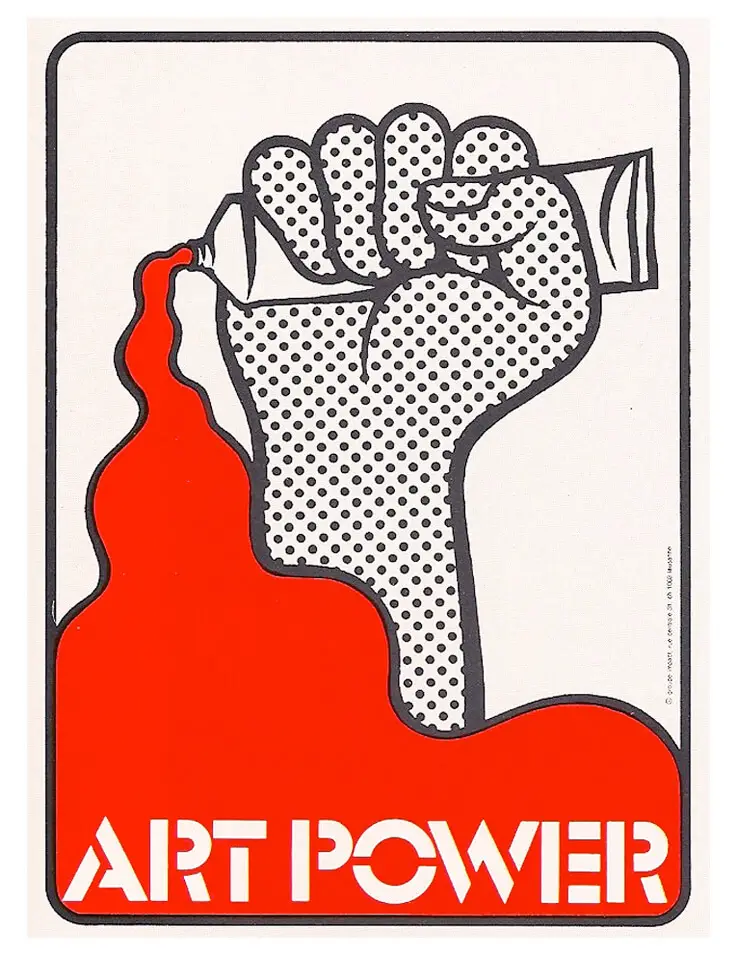All About Vörösmarty: Csongor and Tünde by Maria Bozoky

Title of Artwork: “Vörösmarty: Csongor and Tünde”
Original Title: Vörösmarty: Csongor és Tünde (Tünde)

Artwork by Maria Bozoky
Year Created 1992
Summary of Vörösmarty: Csongor and Tünde
Mihály Vörösmarty was a poet and dramatist who played a significant role in shaping Hungarian literature during the period of social reforms from 1825 to 1849. He helped Hungarian literature become more nationalistic by removing the strong influence of classical and German styles. This made the literature more authentic to Hungarian language and culture.
According to critics of Vörösmarty, his poem “Csongor and Tünde” is considered to be the highest point of his poetic success. This information can be found in a book called “Oxfordshire: Clarendon Press” from 1984 on page 130.
Csongor és Tünde is a play that calls for free choice in both the personal and social or national spheres. Csongor, the main character, is searching for the woman he dreams of. However, he encounters social and political obstacles while pursuing his love. This is because during the time the play was written, these two goals were connected and represented each other.
All About Vörösmarty: Csongor and Tünde
The plot is anchored in the sixteenth-century Hungarian Árgirius romance.
Csongor understands that the journeys of the three travellers (Csongor, Ilma, and Balga) he talked about earlier are pointless. However, Balga, who is Csongor’s practical friend, suggests more realistic options instead of Csongor’s high-minded ideas.
During his journey, Csongor encounters a deceitful person named Suckbane [Hung. Mirigy], who tries to harm him. Unfortunately, Csongor doesn’t receive much assistance from others, except for Balga, who helps him stay realistic. As anticipated, all the earthly and supernatural conflicts in the play are resolved in the final act. The trio of explorers separate, the romantic partners come together, and Tünde summons her beloved.
Vörösmarty’s questions are substantially much more existential than poetic: “Are human beings capable of achieving happiness? Is there a kind of happiness that completely satisfies man?” (ahea.pitt.edu)
Leó Weiner was a composer who lived from 1885 to 1960. He wrote around 30 pieces of music, and his most famous work is the clever background music for Mihály Vörösmarty’s fairy tale play called Csongor és Tünde, which was written in 1903. (britannica.com)
Recommend0 recommendationsPublished in Artworks






